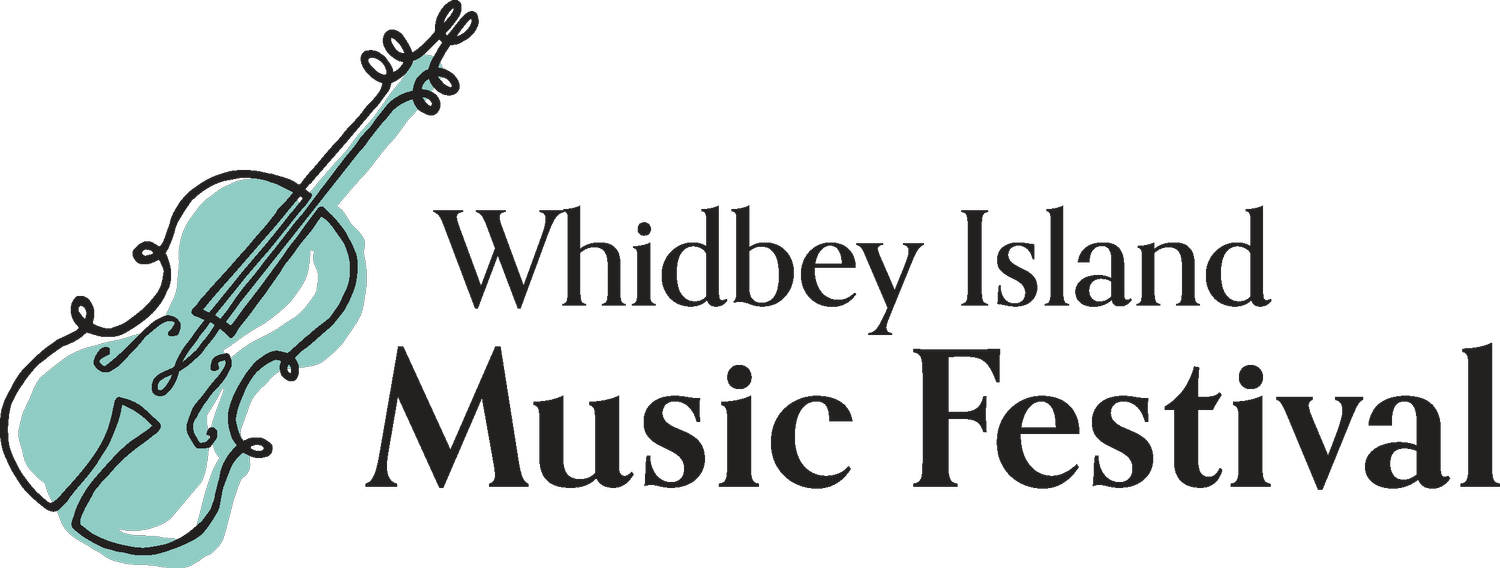Program notes for The Influencers
ABOUT THE PROGRAM
Few people would dispute that Johann Sebastian Bach was one of the 18th century's greatest musical minds. However, Bach's place in musical history has been distorted by the 19th century romantic notion of the solitary genius, toiling in his organ loft producing some of Western Europe's greatest musical works while slowly transforming into a plaster bust in a powdered wig, eventually taking his place alongside Mozart, Beethoven, and Brahms in the vaunted halls of the Classical canon. Nothing could be farther from the truth. The genius that was Bach was also a gregarious and garrulous man, a family man, a loyal and devoted friend, and a lifelong learner who, though spending most of his life in an area of Germany roughly the size of the state of Connecticut, was connected through music to most of the greatest musicians of his time.
Sebsastian was born into a musical family for the ages, in a region of Germany where the word 'Bach' was almost synonymous for 'musician.' By the year of his birth, Bachs had been making music in Thuringian towns and villages large and small for over three generations, and the exchange of ideas (not to mention genetic material) had created a distinct regional musical style, rich in profound feeling and learned counterpoint, but also isolated from the centers of musical taste and fashion, notably the great Italian cities, Paris, and the publishing hub of Amsterdam. It was Sebastian's generation of Bachs who broke the provincial musical boundaries, and they did so in a spectacular way.
Like most of his kin, Johann Sebastian Bach's earliest musical education came from within the family, namely his older brother. After his brother's death, the 15-year-old Sebastian traveled to Lüneberg, where he lived and studied with Georg Böhm, the Francophile organist at Lüneberg's Johanneskirke, whose own teacher studied with both Heinrich and Johann Christoph Bach. Böhm's keyboard style influenced the young Sebastian, both in Bach's adoption of Böhm's signature chorale partita form as well as integrating characteristically French instrumental idioms into his keyboard writing. French music would continue to play a significant role in Bach's musical life. According to his sons, he could play Louis Marchand's harpsichord suites from memory, and he carefully copied out and studied the harpsichord works of Louis Couperin and the organ music of Nicolas de Grigny, incorporating French elements into his chorale preludes as well as his suites for solo harpsichord.
In 1708, after brief stints working in Arnstadt and Mühlhausen, Sebastian took a position at the Weimar court. The duke loved Italian music, and his library was full of works by the leading modern masters, including Vivaldi, Corelli, Albinoni, and Torelli. Bach studied the works of those composers with great intent, transcribing many of their violin concerti for solo keyboard and incorporating their rhythmic vitality and sunny virtuosity into his own music in new and novel ways. It was also at Weimar where Bach met and befriended the brilliant young violin virtuoso Johann Georg Pisendel, who was en route to Leipzig to study at the university there. Three years Bach's junior, Pisendel would go on to become the concertmaster of the Dresden court orchestra - already the finest in Europe - and study with Antonio Vivaldi in Venice. His playing was so well respected that many of the leading composers of the age, including Vivaldi, Telemann, and Albinoni, dedicated works to him, and it is likely that Bach wrote his solo violin partitas and sonatas for violin and obbligato harpsichord with Pisendel in mind.
While in Leipzig, Pisendel played in, and briefly directed, the student orchestra founded a few years before he arrived by another musician who had gone to the university to study law (this was a fairly common practice among professional musicians, as the degree allowed them to demand a higher salary from their employers) - Georg Philipp Telemann. A largely self-taught child prodigy, Telemann composed his first opera at age twelve and received composition lessons from one of the local organists, who, unlike his family, encouraged his music studies. In addition to organ, Telemann taught himself to play oboe, flute, violin, viola da gamba, recorder, and several other instruments before moving to Leipzig to go to university. During his student years, he not only founded and directed the student orchestra known as the Collegium Musicum (a position later held by Johann Sebastian Bach), wrote cantatas for Leipzig's major churches (also later done by J. S. Bach) as well as became music director for Leipzig's municipal opera house (not later done by J. S. Bach.) After Leipzig, he went on to hold positions in Eisenach (J. S. Bach's hometown) and Frankfurt before settling in Hamburg in 1721, becoming director of music for the city's five largest churches and a driving force behind much of the secular music in the city, where he would remain for the rest of his life.
Telemann's influence over Baroque music cannot be underestimated. His mastery of combining German, Italian, and, after an extended stay in Paris in 1737-1738, French musical styles resulted in music which captivated its listeners and impressed composers across the continent, collected, studied, and imitated by no less than Handel and J.S. Bach, who copied and studied his scores and performed many of his works over his own career in Leipzig. Telemann was also one of the most prolific composers in Western musical history, writing an estimated 3000+ compositions. That coupled with an incredibly savvy business sense led him to ride the surge of demand for published music for amateur performers in the newly burgeoning middle class, self-publishing a monthly music magazine as well as many other works for both amateur and professional-level performers. He died a wealthy man and was succeeded in his prestigious position in Hamburg by his godson, Carl Philipp Emmanuel Bach, son of his friend and pen pal, Johann Sebastian.
Notes by Henry Lebedinsky
